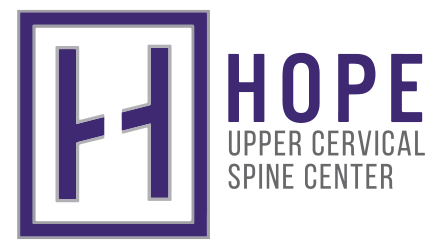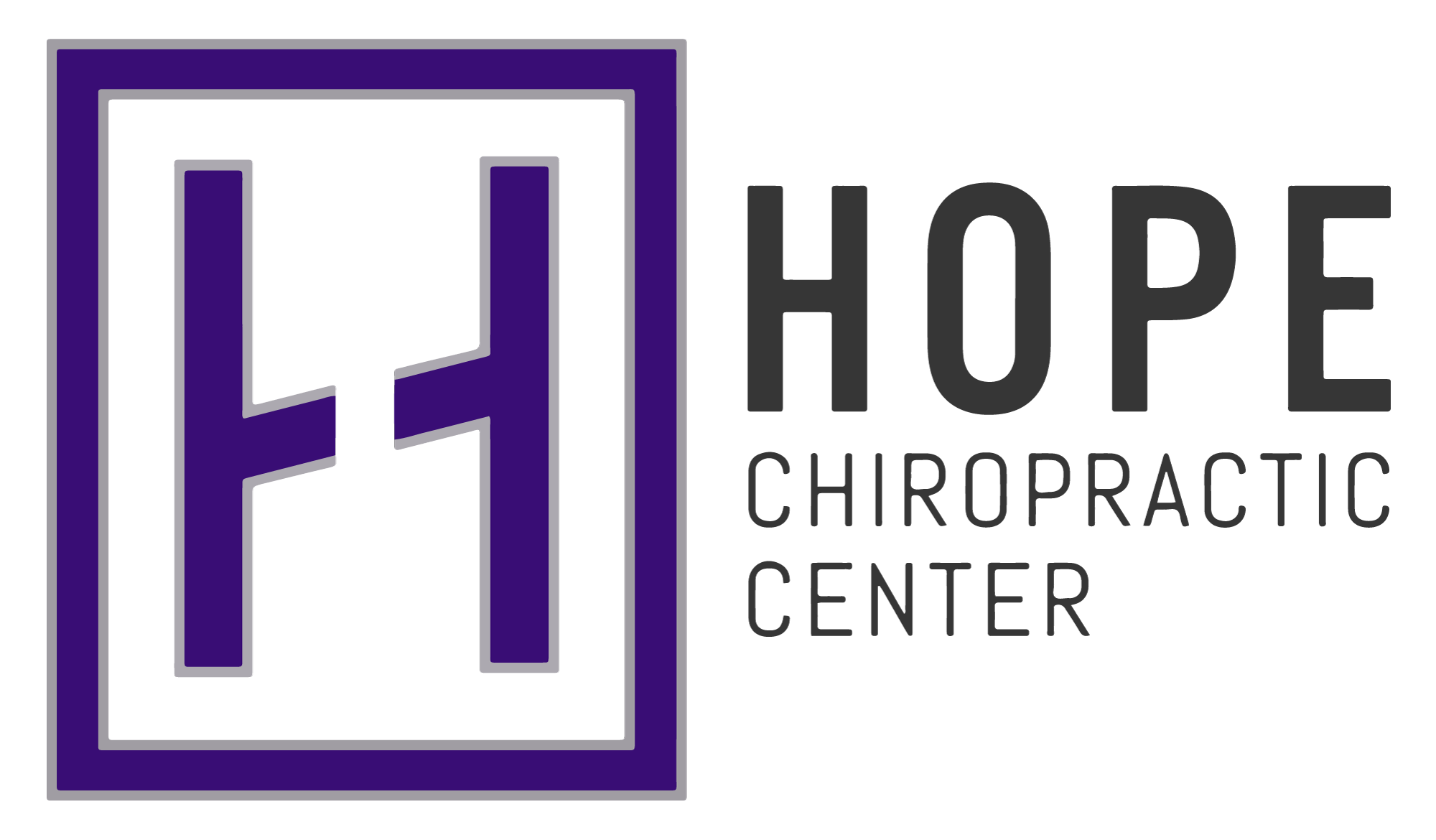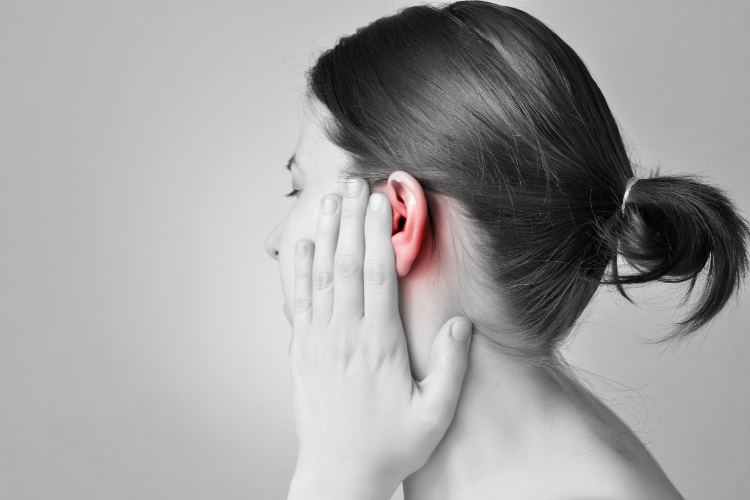
Temporomandibular joint (TMJ) disorders affect the jaw joints, often leading to pain, discomfort, and difficulty with basic functions like chewing, speaking, and even yawning. While treatments such as medication, physical therapy, and dental appliances are commonly recommended, upper cervical chiropractic care offers a unique, non-invasive approach that targets spinal alignment and nervous system function, which can be beneficial in managing TMJ disorders.
Dr. Joey Kramer of Hope Chiropractic in Southlake, Texas, explains how upper cervical care can support individuals suffering from TMJ disorders, providing natural relief for residents of Southlake, Grapevine, Colleyville, Westlake, and Trophy Club.
Understanding TMJ Disorders and Their Impact
The temporomandibular joint (TMJ) connects the jawbone to the skull and allows the jaw to move smoothly for activities such as chewing and talking.
TMJ disorders can result from various causes and lead to a range of uncomfortable symptoms:
- Symptoms: TMJ disorders often cause pain in the jaw, face, and neck, along with clicking or popping sounds, limited jaw movement, headaches, earaches, and facial tenderness. These symptoms can interfere with daily life, impacting eating, speaking, and overall comfort.
- Causes: Common causes of TMJ disorders include misalignment of the jaw or teeth, arthritis, injury to the jaw, or even prolonged stress leading to teeth grinding (bruxism). In some cases, spinal misalignment can also contribute to TMJ issues.
- Traditional Treatment Approaches: Treatment for TMJ disorders typically includes physical therapy, pain relief medication, dental appliances (like mouth guards), and in severe cases, surgery. However, these treatments often focus on managing symptoms rather than addressing the underlying issues.
The Connection Between Upper Cervical Care and TMJ Disorders
The upper cervical spine, particularly the atlas (C1) and axis (C2) vertebrae, is located near the base of the skull and plays a vital role in supporting the body’s structural alignment and nervous system health.
Misalignments in this area can contribute to or exacerbate TMJ issues in several ways:
- Nervous System Communication: The atlas and axis vertebrae protect the brainstem, which is responsible for transmitting nerve signals between the brain and body. Misalignments in the upper cervical spine can interfere with these nerve signals, leading to muscle tension, spasms, and pain in the jaw and facial area.
- Jaw Alignment and Muscle Function: The muscles and ligaments surrounding the TMJ are closely connected to the cervical spine. Misalignments in the upper cervical spine can disrupt the natural alignment and function of the jaw, contributing to TMJ symptoms such as pain, clicking, and limited range of motion.
- Stress and Tension Reduction: Upper cervical misalignments can increase overall body tension and stress, which may worsen TMJ symptoms, especially in individuals who grind their teeth or clench their jaw due to stress.
Benefits of Upper Cervical Chiropractic Care for TMJ Disorders

- Natural Pain Relief: Chiropractic adjustments offer a drug-free solution for alleviating TMJ pain by addressing the root causes, such as muscle tension and nerve interference.
- Improved Jaw Function: Correcting misalignments in the upper cervical spine can reduce pressure on the TMJ, improving jaw alignment and range of motion, making it easier to chew, speak, and open the mouth fully.
- Reduced Muscle Tension and Inflammation: Upper cervical adjustments can help relieve tension in the muscles surrounding the TMJ, reducing inflammation and muscle spasms.
- Enhanced Nervous System Function: By restoring alignment, chiropractic care supports better communication between the brain and the jaw muscles, helping alleviate symptoms of TMJ disorders.
- Stress Relief: Chiropractic care can reduce overall physical and emotional stress, which may be beneficial for patients who grind their teeth or clench their jaw due to anxiety or tension.
Integrating Upper Cervical Chiropractic Care into TMJ Disorder Management
For optimal relief from TMJ symptoms, upper cervical chiropractic care should be part of a comprehensive approach that includes:
- Ergonomic Adjustments and Posture Awareness: Being mindful of posture and making ergonomic adjustments to reduce strain on the neck and jaw can help support TMJ health.
- Jaw Exercises and Physical Therapy: Specific exercises that strengthen the jaw muscles and improve flexibility may complement chiropractic care and support jaw health.
- Stress Management Techniques: Practicing stress-relief methods, such as meditation, yoga, or deep breathing exercises, can help reduce physical and emotional tension, easing TMJ symptoms.
Hope Chiropractic: Your Partner in Jaw Health and Pain Relief
At Hope Chiropractic, Dr. Joey Kramer and his team are dedicated to providing natural, holistic care that addresses TMJ disorders through precise upper cervical chiropractic adjustments.
By focusing on the alignment of the upper cervical spine, we aim to relieve jaw pain, improve function, and reduce overall discomfort associated with TMJ disorders.
If you’re suffering from TMJ pain and discomfort, consider the benefits of upper cervical chiropractic care as part of a natural approach to managing your symptoms.
Contact Dr. Joey Kramer at Hope Chiropractic, serving Southlake, Grapevine, Colleyville, Westlake, and Trophy Club, to discover how our specialized approach can help you find relief and restore comfort to your daily life.
Medical Disclaimer
This article is for informational purposes only and is not intended as a substitute for professional medical advice, diagnosis, or treatment. Always seek the advice of your physician or other qualified healthcare provider with any questions you may have regarding a medical condition.
Never disregard professional medical advice or delay in seeking it because of something you have read here.


